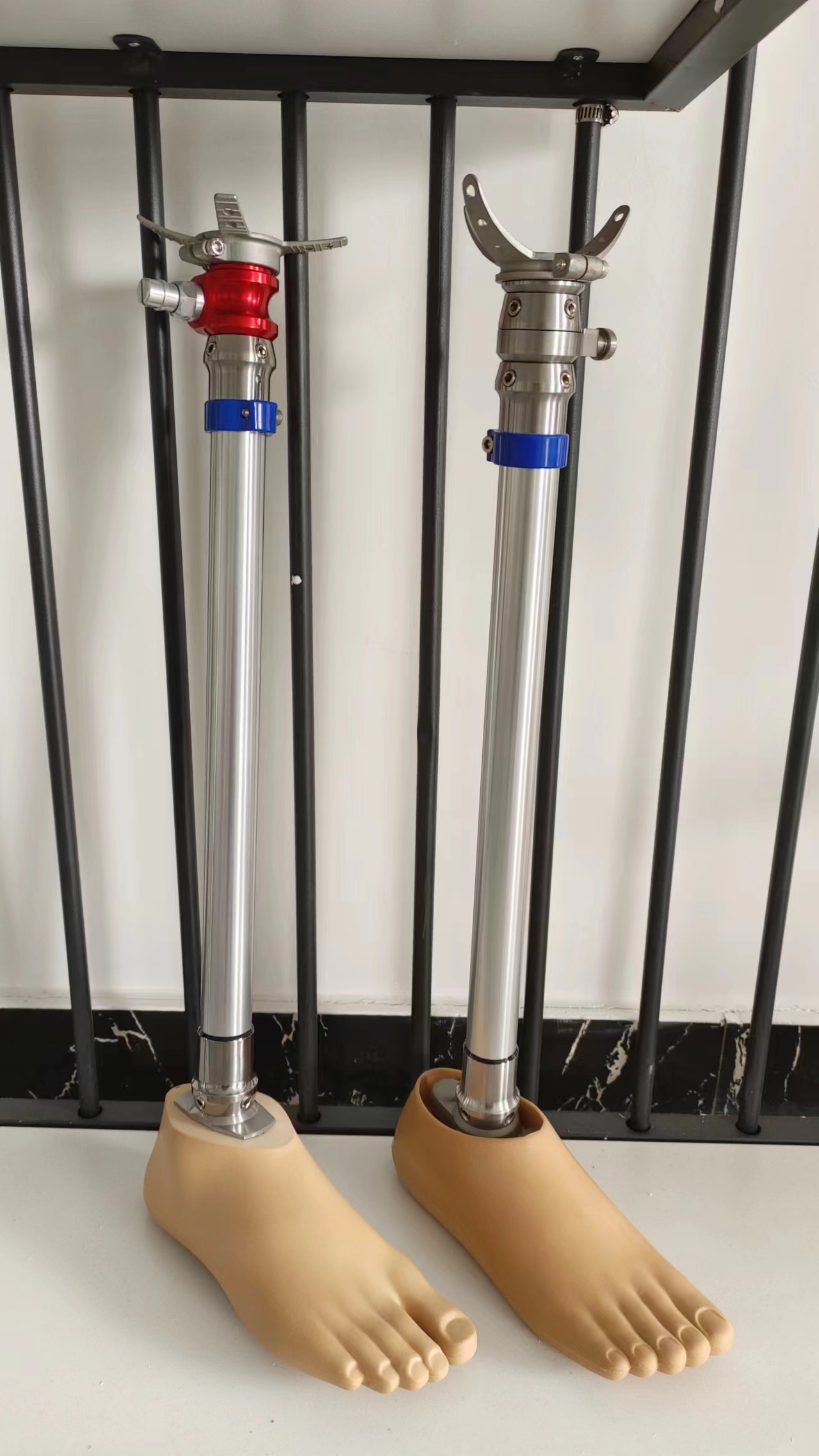The Evolution and Benefits of Artificial Ankle Joints in Modern Medicine
Release Time:
Apr 22,2025
Artificial ankle joints represent a significant advancement in orthopedic medicine, providing solutions for individuals suffering from severe ankle injuries, arthritis, or other degenerative conditions. These artificial devices, designed to replicate the natural movement of a healthy ankle, have become increasingly sophisticated over the years, offering patients enhanced mobility, pain relief, and
Artificial ankle joints represent a significant advancement in orthopedic medicine, providing solutions for individuals suffering from severe ankle injuries, arthritis, or other degenerative conditions. These artificial devices, designed to replicate the natural movement of a healthy ankle, have become increasingly sophisticated over the years, offering patients enhanced mobility, pain relief, and improved overall quality of life.
The primary purpose of an artificial ankle joint is to restore function to the ankle, which is a critical joint for walking, running, and performing daily activities. Unlike traditional ankle fusion procedures, which limit movement, artificial ankle joints allow for a range of motion that closely resembles that of a healthy ankle. This capability is crucial for patients who wish to maintain an active lifestyle after treatment.
The design of artificial ankle joints has evolved significantly over recent years. Modern implants are constructed from durable materials such as titanium and polyethylene, which enhance their longevity and biocompatibility. Innovations in design have led to improved joint stability and a more natural gait, reducing the risk of complications and enhancing patient satisfaction.
One of the key benefits of artificial ankle joints is their potential to alleviate chronic pain associated with ankle conditions. Many patients experience significant pain relief after the surgery, enabling them to engage in physical activities that were previously difficult or impossible. This restoration of mobility can lead to better physical fitness, mental health, and overall well-being.
Rehabilitation following the implantation of an artificial ankle joint is crucial for achieving optimal outcomes. Patients typically undergo a structured physical therapy program designed to strengthen the surrounding muscles and improve flexibility. This rehabilitation phase not only aids in recovery but also teaches patients techniques to maximize the functional capabilities of their new joint.
It's important for patients considering artificial ankle joint surgery to engage in a comprehensive discussion with their orthopedic surgeon. Factors such as the severity of the condition, overall health, and lifestyle goals play a significant role in determining whether this surgical option is suitable for them. A thorough evaluation will help in understanding the risks and benefits associated with the procedure.
In conclusion, artificial ankle joints are a remarkable development in the field of orthopedic medicine, providing hope and improved quality of life to countless individuals. As technology continues to advance, we can expect further enhancements in the design and functionality of these devices, paving the way for even better outcomes in the future. Understanding the potential benefits and the importance of a tailored rehabilitation program will empower patients to make informed decisions regarding their treatment options.
Keywords:
You Can Also Learn More About Industry Trends







